Middle Fork of the Salmon River Trail - Overview Info
The Middle Fork of the Salmon Trail parallels the river from Boundary Creek (RM 0) to the Big Creek Bridge (RM 77.8). Side canyon trails join the main system in many spots, and at times there are trails on both sides of the Middle Fork. Miles indicated in the title and throughout the text use river miles (RM). Though the trail covers more linear distance, the best map labels mileage in reference to floating the river corridor.
These descriptions are from a raft-supported Middle Fork hiking trip and are intended to provide a description of a typical day along the entire length of the Middle Fork Trail. While this trip is easily accomplished with raft support, backpackers will be carrying considerably more weight and will have to come up with a different plan for egress from the canyon. One option would be to charter a flight out of the canyon from the Flying B Ranch (RM 66.5). Alternately, one can hike out through either Big Creek (river left) or the Big Horn Crags (river right) once the trail leaves the Middle Fork at the Big Creek Bridge (RM 77.8).
In addition, backpackers will have more flexibility with their campsite selection and itinerary as they are not assigned specific campsites along the river. For more information about permits and wilderness regulations visit the Middle Fork Ranger District website.
For more general information about rafting the Middle Fork of the Salmon read this informative Middle Fork overview.
To avoid redundancy, these hiking descriptions focus on the particulars about the trail/hiking experience. Additional Outdoor Project adventures covering each day of a six-day Middle Fork float that include a detailed landscape description can be found here:
Middle Fork of the Salmon River – Day 1 - Boundary Creek Launch (RM 0) to Sheepeater Camp (RM 13.3)
Middle Fork of the Salmon River – Day 2 - Sheepeater Camp (RM 13) to Marble Creek Camp (RM 32.4)
Middle Fork of the Salmon River – Day 3 - Marble Creek Camp (RM 32.4) to Shelf Camp (RM 48.9)
Middle Fork of the Salmon River – Day 4 - Shelf Camp (RM 48.9) to Driftwood Camp (RM 71.6)
Middle Fork of the Salmon River – Day 5 - Driftwood Camp (RM 71.6) to Otter Bar Camp (RM 90.5)
Day 3 - Indian Creek (RM 27) to Pungo Camp (RM 28.2)
After crossing the bridge over Indian Creek, the trail follows a long series of alluvial fill terraces about 25 feet above the river. The canyon is facing almost due east at this point, so the morning light slashing through the ponderosa trees can be very dramatic. A beautiful park-like bench offers a great backpacker campsite several hundred yards upstream from Pungo Creek. A spur just before Pungo Creek climbs a short distance up to the Pungo Mine. This was a small hardrock fluorspar mining operation that persisted intermittently from 1933 until the early fifties. The foundation for a cabin can be found just a little way up Pungo Creek.
Pungo Camp (RM 28.2) to Marble Left Camp (RM 32.4)
Pungo Camp is located on the opposite side of Pungo Creek and is a spacious bench set among several huge ponderosa pine trees. It was also the site of a native American Sheepeater encampment. Some of the depressions from their semi-permanent lodges can still be seen at the lower end of the bench.
Pungo Camp and Pungo Rapid mark the beginning of the east-west trending Pungo Canyon. The early morning or late afternoon light can be quite arresting as it is filtered through the long, sweeping arms of the huge ponderosa pines that flank both sides of the river. The trail through Pungo Canyon crosses several rugged talus slopes and steep side-hills that wrap around bedrock ribs with frequent vistas up and down the impressive canyon. Around RM 31 the trail finally finds some flat terrain as it traverses along the top edge of several narrow and high river terraces. As the river makes a sweeping turn to the north at Little Soldier Creek (RM 31.5) the trail cuts the inside corner before descending the final mile to Marble Creek Camp.
Marble Left Camp (RM 32.4) to Little Creek Guard Station (RM 36)
Situated on a low bench between the placid waters of a beautiful pool and the roaring rapid below, Marble Creek Camp is the first opportunity since Pungo Rapid to re-connect with rafts. The cliff jumping and swimming in the pool is offers a great respite from mid-summer heat. The bedrock ledges at the edge of Marble Creek Rapid just downstream are a great spot to eat lunch and watch passing rafts tackle the whitewater.
The canyon makes another 180-degree turn at Marble Creek. This time it swings sharply to the south and enters another short gorge with a sheer 600-foot buttress towering over the right bank. Between the bridge over Marble Creek (RM 32.7) and Lost Oak Camp (RM 33.6) the trail stays high above the river. The constriction at Ski Jump Rapid directly beneath the buttress is one of the most violent rapids at extreme flows. On a typical summer day, however, boats ride the easy slot between a huge boulder and a sloping canyon wall. It is possible to swim the river (or ferry across) from Lost Oak to Sunflower Hot Spring on the opposite bank.
It’s an easy downhill cruise to the bridge at the Middle Fork Lodge where hikers will be surprised to find a small road connecting the airstrip around the corner from the bridge. This open and expansive stretch of the canyon has a storied history of mining and settlement that stretches back to the late 1880s. Follow the road around the corner, but look for a spur trail that leads off to the right and drops down to a more shaded route beneath several large ponderosa trees. Be sure to turn hard right at the end of the airstrip (another trail continues down the left bank) and look for the pretty suspension bridge over the Middle Fork that connects to the Little Creek Guard station. There is a nice camp among the trees on the west side of the bridge.
Little Creek Guard Station (RM 36) to Upper Jackass Camp (RM 38.1)
The Forest Service tries to staff the guard station with a volunteer during the summer months. Stop in and say hello, as these folks are generally amicable and happy to have visitors. The trail leaves the station and climbs onto a dry, open terrace before plunging into a pleasant, shaded, north-facing forest. The open crossing of Jackass Flat can be hot and dusty in August. Look for a diagonal spur trail that leads down to the cool, shaded riverside camp at Upper Jackass.
Previous Day – Middle Fork of the Salmon River Trail – Day 2
Next Day – Middle Fork of the Salmon River Trail – Day 4
Reference: All content excerpted from The Middle Fork of the Salmon River – A Comprehensive Guide by Idaho River Publications.
Logistics + Planning
Preferable season(s)
Congestion
Parking Pass
Pros
Cons
Trailhead Elevation
Features
Suitable for
Location
Nearby Adventures
Nearby Lodging + Camping
Our mission is to inspire adventure with beautiful, comprehensive and waterproof map-based guidebooks. Owner, publisher, and photographer Matt Leidecker, grew up exploring and guiding on the rivers in central Idaho. His award winning Middle Fork of the Salmon River – A Comprehensive Guide is the standard by which other river guidebooks are measured. Printed on virtually indestructible YUPO paper, IRP guides are truly unique all-in-one resources for adventure. Each book is loaded with full-color maps, stunning photographs, and information on the history, geology, and wildflowers. Visit Idaho River Publications to explore our guidebooks to the Rogue River in Oregon and the mountains of Central Idaho.

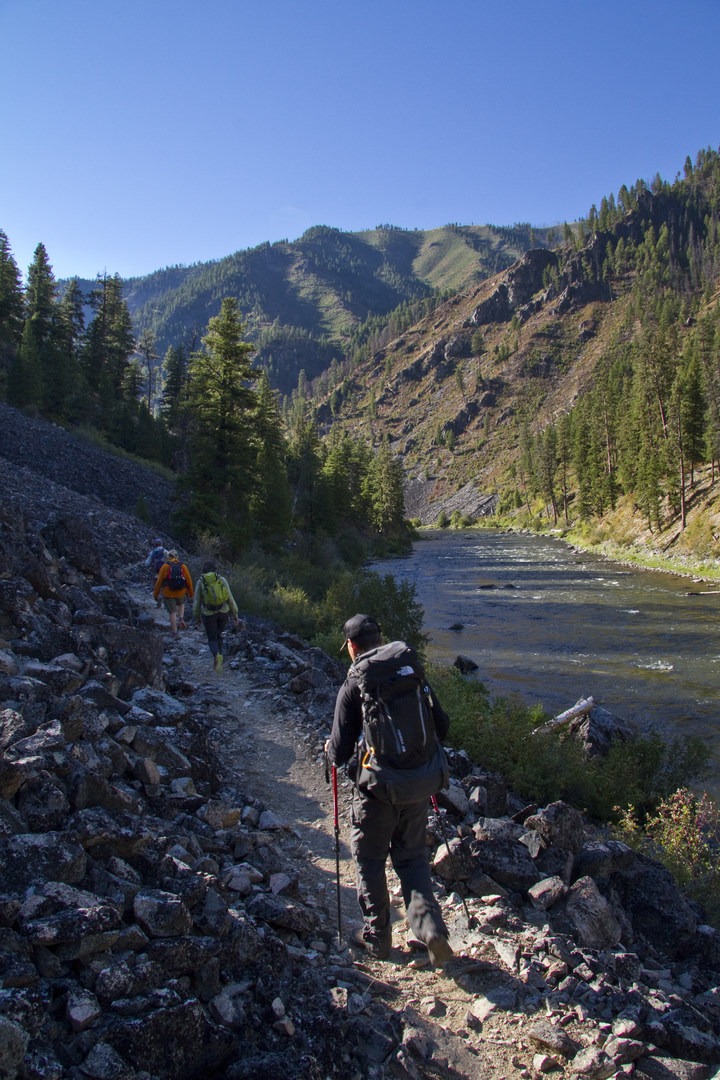

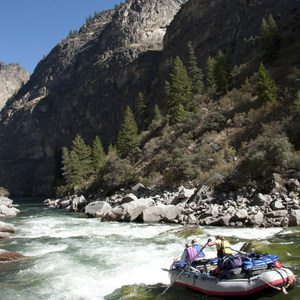
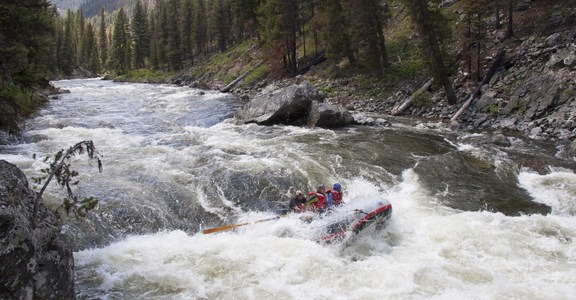
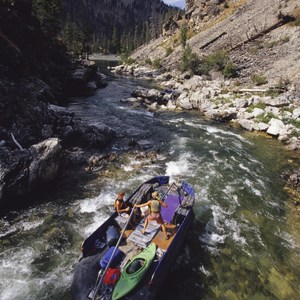
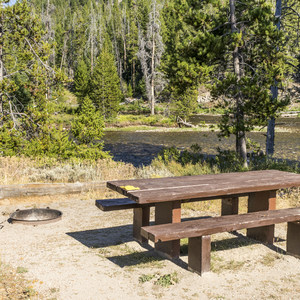
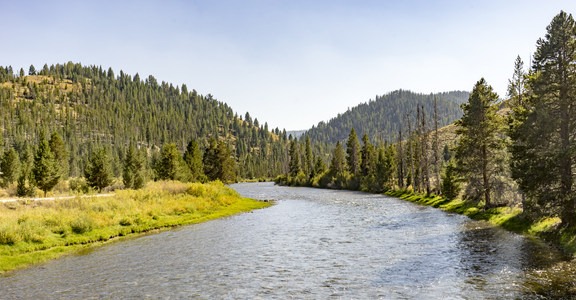
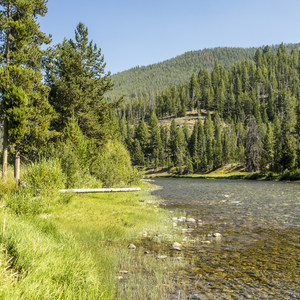

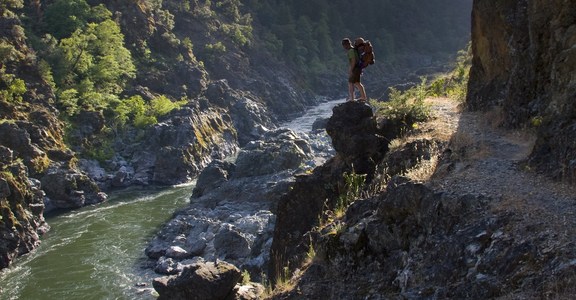
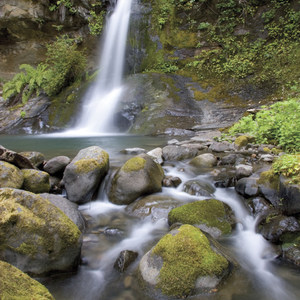
Comments
Sign In and share them.